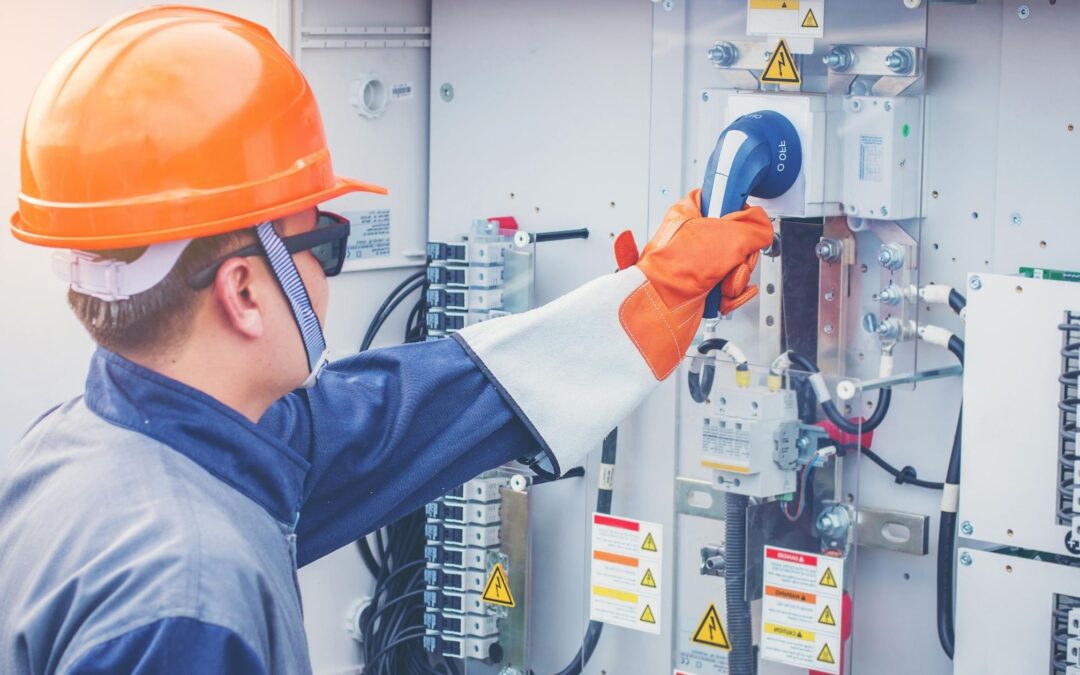The National Fire Protection Agency (NFPA) has released an updated version of NFPA 70E, Standard for Electrical Safety in the Workplace®. This standard is a vital resource for helping workplaces reduce the risk of injuries and fatalities related to electrical safety. NFPA 70E includes specifications that help workplaces comply with OSHA 1910 Subpart S (General Industry) and OSHA 1926 Subpart K (Construction). The NFPA standard intends to minimize electrical-related accidents, liabilities, and loss and provides expert information on subjects ranging from safety-related work practices to special equipment and maintenance requirements.
The electrical industry is constantly evolving, so it is important to reference the latest edition of NFPA 70E to ensure your team is prepared for the challenges of the workplace and complies with OSHA. You can buy a copy of the updated NFPA 70E standard here.
2021 Changes to NFPA 70E
- Reorganization
Article 110, “General Requirements for Electrical Safety Related Work Practices” is the foundation of practices that should be implemented in the workplace. In the new edition of NFPA 70E, Article 110 is reorganized to layout requirements in logical order. General principles of lock out/tag out are moved from Section 120.2 and energized work requirements from Section 130.2. This article also contains a new subsection, 110.5(K) which requires electrical safety programs to include an “electrically safe work condition policy”.
- Capacitors
A new article is added. Article 360, “Safety-Related Requirements for Capacitors” focuses on capacitors, which is an energy storage device used in many systems including conveyors, heating, cooling, and airflow. Capacitors were included in previous standards, but in the new edition they get their own article. Capacitors present a workplace hazard because even when they are shut off or disconnected from a power source, they still have power, like a battery. This article includes methods to ensure worker safety, perform risk assessments, and establish a safe working condition for a capacitor.
- Energy Threshold Revision
In Section 350.9, energy thresholds for electrical equipment and systems in laboratories have been revised to 50 volts and 5 milliamperes for alternating current and 100 volts and 40 milliamperes for direct current, unless proper controls are in place. Since Article 360 is added, the capacitive circuit threshold has been removed to eliminate duplication and confusion.
- ARC Flash Incident Likelihood Update
The 2021 edition of NFPA 70E includes a revised Table 130.5(C). The table has been updated to assist with estimating the likelihood of an arc flash incident. This change has been implemented to ensure the standard is used properly. NFPA 70E is not meant to make individual determinations on equipment but to guide people into making better determinations than have been made in the past when establishing the likelihood of an arc flash incident.
- Hazard Work
Section 130.1 and Section 130.2 in Article 130, “Work Involving Electrical Hazards”, have been revised to accommodate material moved from other portions of NFPA 70E. This article now includes more details focusing on work practices, assessments, precautions, and procedures when an electrically safe work condition cannot be established and the expectations of a work permit.
Do you need assistance digesting the new NFPA 70E standard? Our team is here to help. We will help you understand the new standard and update your current electrical safety program to comply with OSHA and NFPA. Contact us today!
Sources:
2021 NFPA 70E

